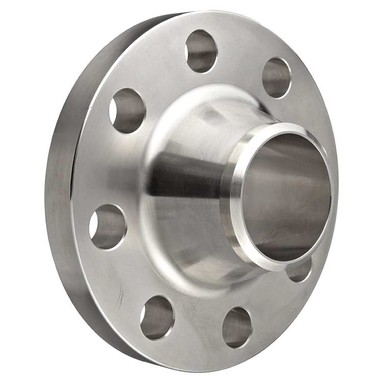Welded neck flange is a common flange connection, usually used for pipes, containers and other equipment interface connection. It works by welding two smooth metal surfaces together to form a reliable sealing structure. Welded neck flanges are widely used in various industrial fields, such as petroleum, chemical, electric power, water treatment and so on.
The main feature of welding neck flange is simple structure, easy installation and maintenance. It usually consists of two steel plates or tubes, one of which is welded together to form a neck structure. The other end face is used for welding with the opposite interface of the pipe or container. The advantages of welded neck flanges include high strength, good sealing properties and corrosion resistance.
The main specifications of welding neck flange usually include size, material and pressure grade. Size specifications are usually in inches or millimeters and include DN10, DN20, DN32, etc. In terms of material, carbon steel, stainless steel and alloy steel are common. The pressure level is determined according to the actual application needs, and is usually divided into low pressure, medium pressure and high pressure levels.
When selecting the welding neck flange, it is necessary to consider the requirements of the actual application scenario, such as the type of medium, working pressure, temperature, etc. At the same time, it is also necessary to consider the match with the pipeline or container to ensure a good sealing effect and long-term stability. In the installation and maintenance process, it is necessary to pay attention to the correct welding process and operation method to ensure the quality of the weld and the sealing performance.

Previous: The Plate Flange
Next: The Blind Flange